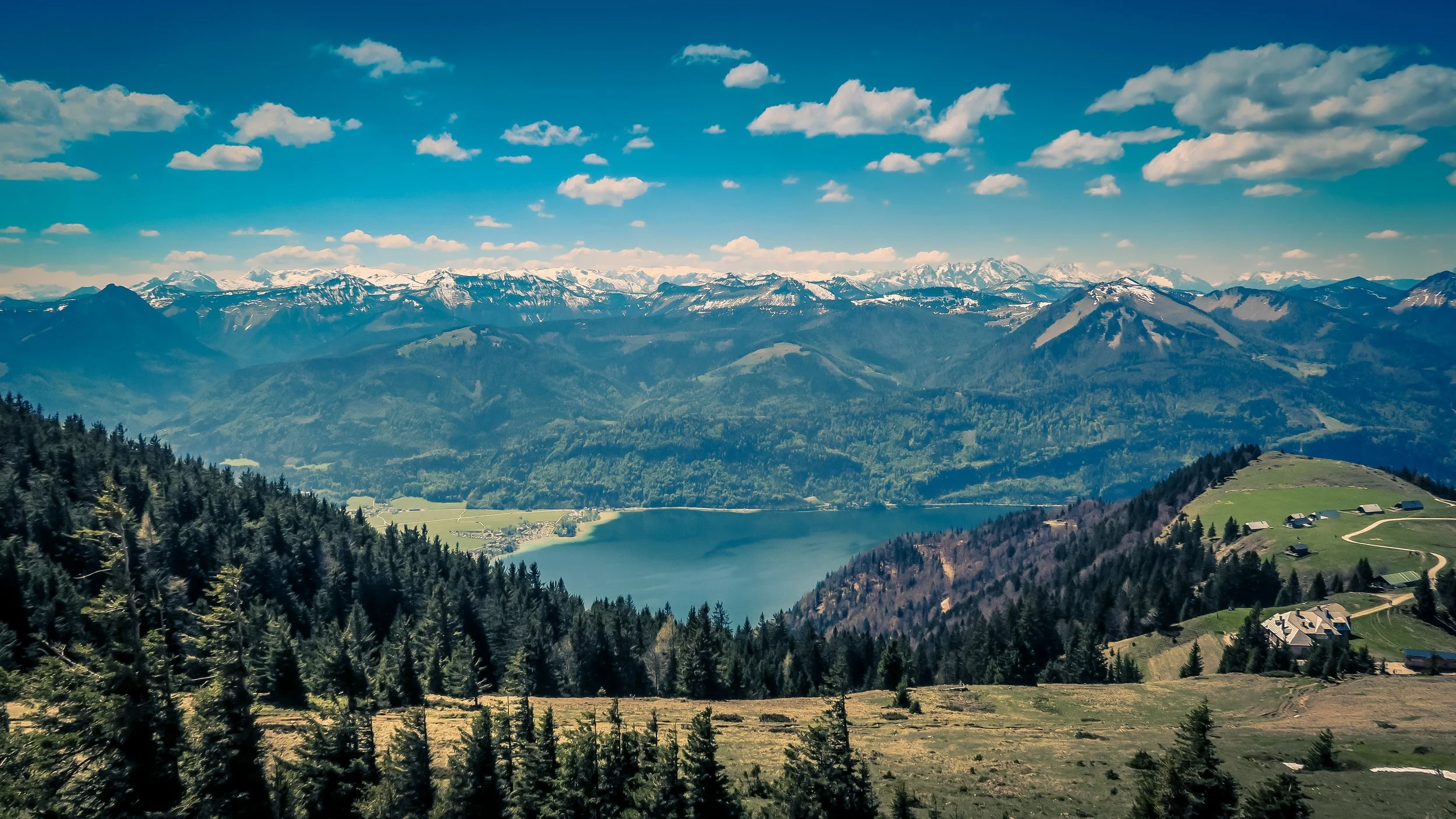The Wildness of Minnesota's Boundary Waters
There are no roads here. No towns or airports. There are no gas stations, businesses, cars, airplanes, electricity, phone service. There is water. And if you are not on it, you are in the woods.
The lakes and forests of Minnesota’s Boundary Waters are straight from the Pleistocene. Paleo-Indians navigated chunks of melting ice left by retreating glaciers when they hunted woolly mammoths and caribou in the area 12,000 years ago. Mastodons, saber-tooth cats and 500-pound beavers roamed the region then. When the first Europeans breached the wilderness west of Lake Superior in search of a route to China — and then highly valuable beaver pelts — the only way through was in a canoe. The United States-Canada border that wanders along the northern edge of the region, and gives it its name, follows their route almost precisely.
Not much has changed since then. Legislation, including the watershed 1964 Wilderness Act, reversed time and returned the 1.1 million-acre Boundary Waters Canoe Area Wilderness to pristine backcountry. Outboard engines were outlawed in most of the 1,000 lakes there. Residents and businesses were evicted and buildings were demolished. Roads were closed and airplanes were prohibited from flying below 4,000 feet. Around 2,200 campsites and 1,500 miles of canoe routes were eventually established in what has become one of the most protected — and coveted — wildernesses in America.
From “On the Water and Into the Wild” by Porter Fox for The New York Times, 2016; Photo by Sara Fox
#water #lake #nature #natural #wild #wilderness #canoe #boundarywaters #America #minnesota #ely #escape #photography #aerialphotography #photooftheday #picoftheday #LakeSuperior #story #stories #thestorybar







